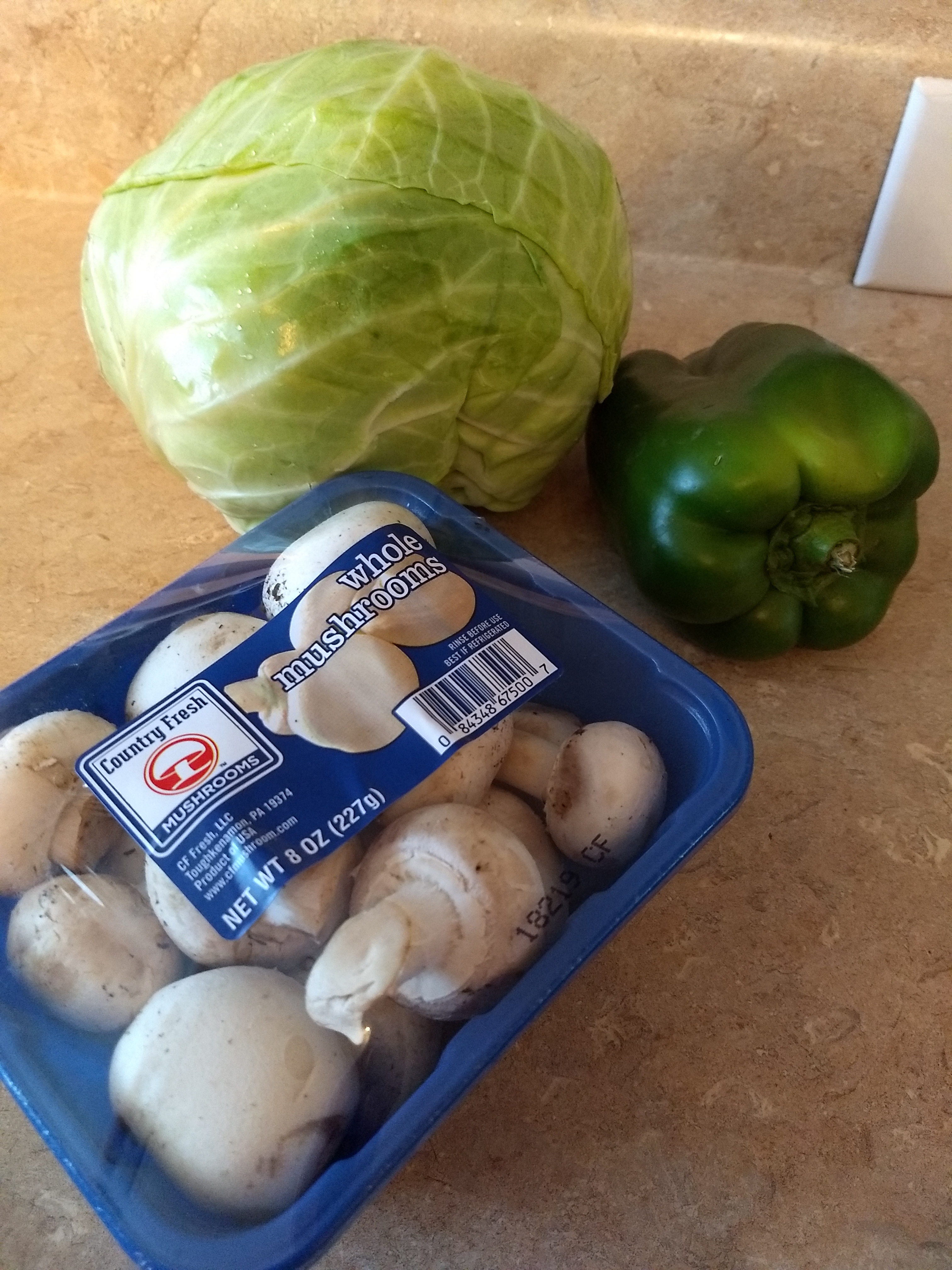
Let’s do things easy
Now that you have added some excellent fats in your diet and now you have also taken away the bad fats. If you haven’t read that post, please refer to this. I think a lot of times when people diet they tend to focus on what they need to avoid rather than what should be added. Here are some great things to add after you have added good fats. Be sure to eat green leafy vegetables. Romaine lettuce, butter lettuce, kale, spinach, and really any leafy green that you like. Salads are great to eat! Now don’t eat it plain without dressing. Remember those fats like olive oil, bacon fat, and avocado oil? Yep, you add those and don’t be stingy either. Eat a healthy salad with a little tomato, onion, go liberal with the cucumbers, peppers, zucchini, and mushrooms! You can add some seeds and nuts too. Skip the croutons, though and fake bacon bits. Go for the real bits of bacon instead. Eat a salad a day. This is good advice for anyone whether you are trying the Keto diet or not. Eat some greens! Dr. Becky suggests this on her website.

Good Vegetables are Low Carb
Other good choices for vegetables include Brussel Sprouts, broccoli, asparagus, and cabbage. Green beans, celery, radishes, eggplant and artichokes. While some of these vegetables might be a little high in carbohydrates, they are also high in fiber which will help in keeping you regular. Check out Healthline for more ideas about appropriate vegetables to eat that are low in carbs.

Something that often happens when people start Keto is that they might have some trouble with constipation. Ensuring that you eat more vegetables will help you, pardon the expression, but eliminate this problem. Allowing your body to be fueled with vegetables as fats is a sure way to keep things moving, if you get my meaning.
Vegetables to Avoid
Just like in the fats article, you will need remove ones that are actually hurting your body. Potatoes, carrots, corn. Beet roots, parsnips, sweet potatoes, and onions are typically off your new menu. According to the Diet Doctor, you want to avoid anything that is below ground. I can tell you from experience that I have used some of these while on the diet and they have truly stalled my progress. At least from my experience, I have found that these foods also tend to distress my digestion. It is best to just avoid these all together and to use the foods in the paragraphs above for the best results.
Okay, so now you know what fats to add and avoid and what vegetables to eat. Now what? Take things slowly, don’t rush into changing too much at once. Give yourself time. Some will find this easy to do and are immediately ready for the next set of guidelines while others might need a week or even a month to get this part under control. Understand, that this is a work in progress and it will take some time to ensure that you take the proper steps to be successful.

What vegetables can you start adding to your diet? What vegetables will be difficult to avoid? Any ideas to help add low carb vegetables and avoid higher carb vegetables? Please share your ideas below.

